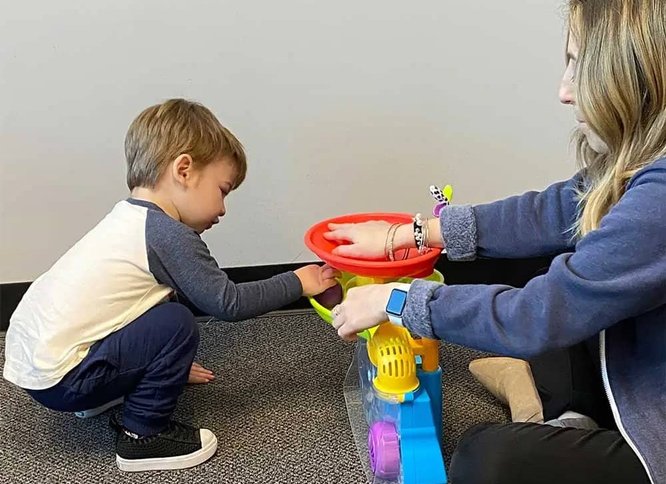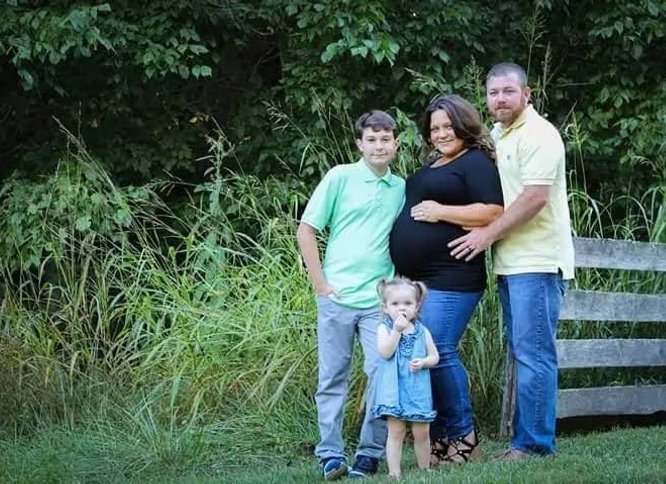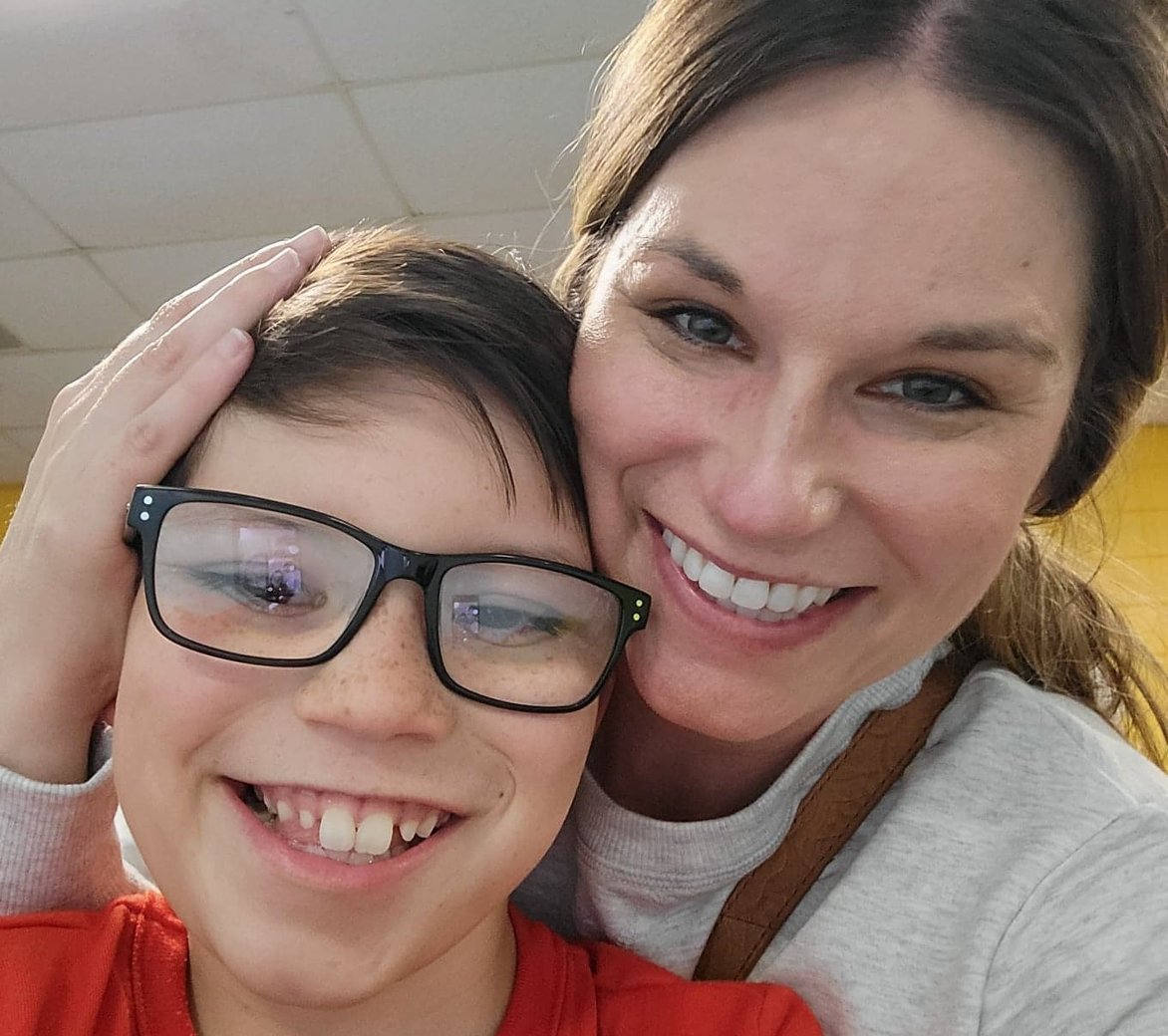
Guide to Speech Therapy for Kids With Klinefelter Syndrome
If your child has been diagnosed with Klinefelter syndrome, you may have already noticed that speech and communication don’t always come easily. Some children talk late. Others speak but struggle to form full sentences, or they leave out words. In some cases, speech sounds aren’t clear, which can make conversations frustrating for both the child and the people around them.
Not every boy with XXY has the same experience. Some just need a little extra help to catch up. Others may work with a speech therapist for several years. There’s a wide range, and no single version of this condition looks exactly the same.
Stories From Our Community
- Dec 27, 2023
Klinefelter Syndrome Speech Therapy Tips
This journey isn’t always easy and certainly doesn’t come with a step-by-step manual. Our guide is designed to help with Klinefelter syndrome speech therapy
Read More - Dec 27, 2023
My son Joey is soon to be 28 years old, 14 years since he was diagnosed.
I am very proud of my son. He is kind, considerate and forever loyal to family and friends. He manages to always be positive and help others before himself.
Read More - July 9, 2021
Blood work indicated “something was wrong"
Andrea Holdren is the mother of 3-year-old Connor, who lives with Klinefelter Syndrome and Autism. Andrea shares her story to help others.
Read More
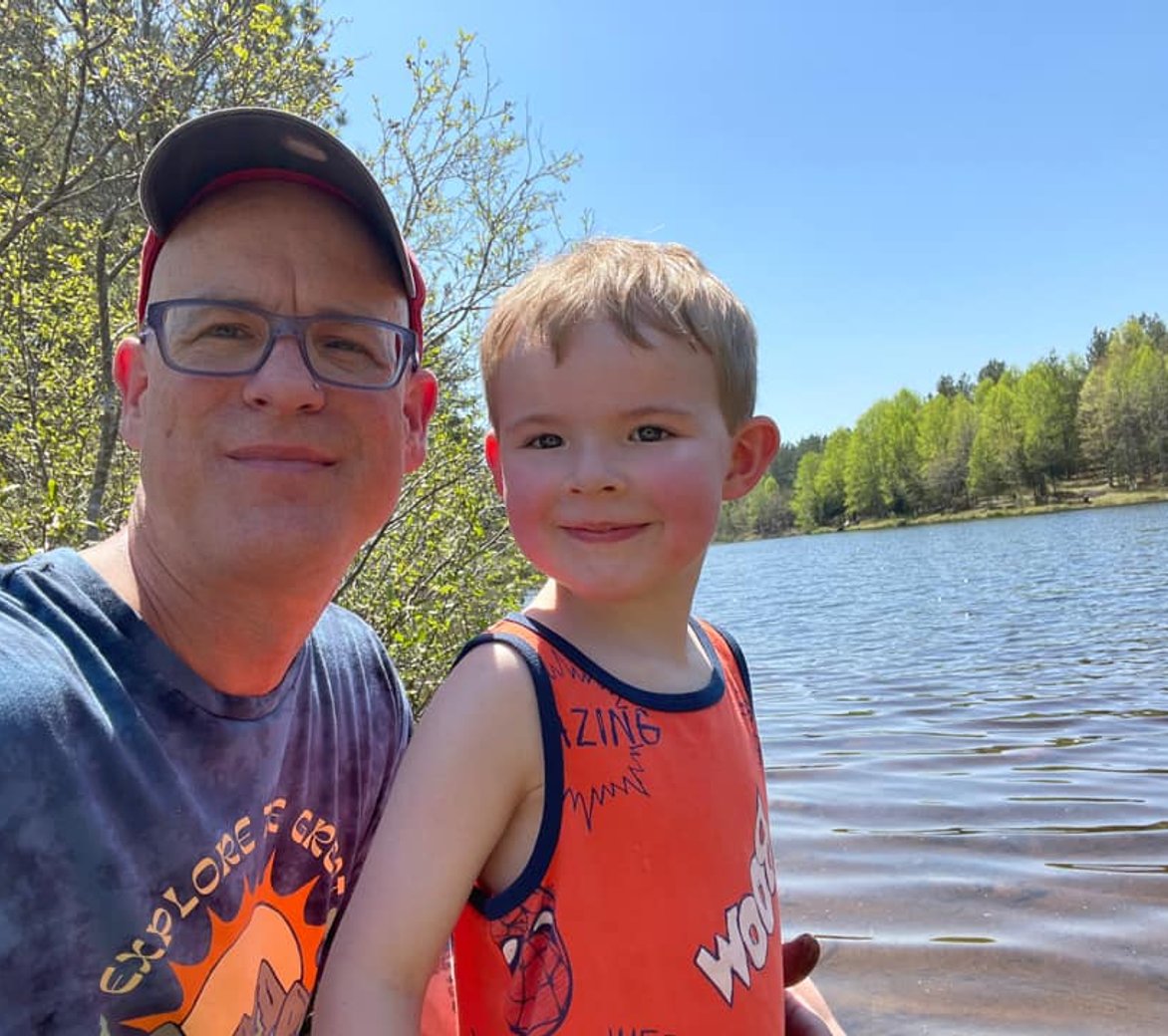
Why Do Children With Klinefelter Syndrome Experience Speech Delays?
The extra X chromosome found in XXY can affect how the brain develops, particularly in areas tied to verbal processing and auditory memory. Studies using MRI scans have shown that boys with Klinefelter syndrome often have differences in the volume and structure of brain regions involved in language, such as the left temporal lobe and Broca’s area. These areas play a central role in understanding and producing speech.
According to research published on the NIH website, between 70 and 80 percent of boys with XXY show some level of language delay during early childhood. These delays may include trouble pronouncing words, limited vocabulary, or difficulty putting together full sentences. Some children also show weaknesses in oral-motor coordination, which can affect how clearly they speak.
In addition to structural brain differences, hormones can actually influence speech and language development. Testosterone levels in boys with XXY are often lower than average, especially during key developmental periods. While researchers are still studying the exact connection between testosterone and language, there is evidence that hormones can influence brain organization, social communication, and attention. All of these affect how language is learned and used.
Note that early speech therapy (which we will discuss below) and strong support at home and school can help many children make steady progress even if development starts more slowly than it does for peers.
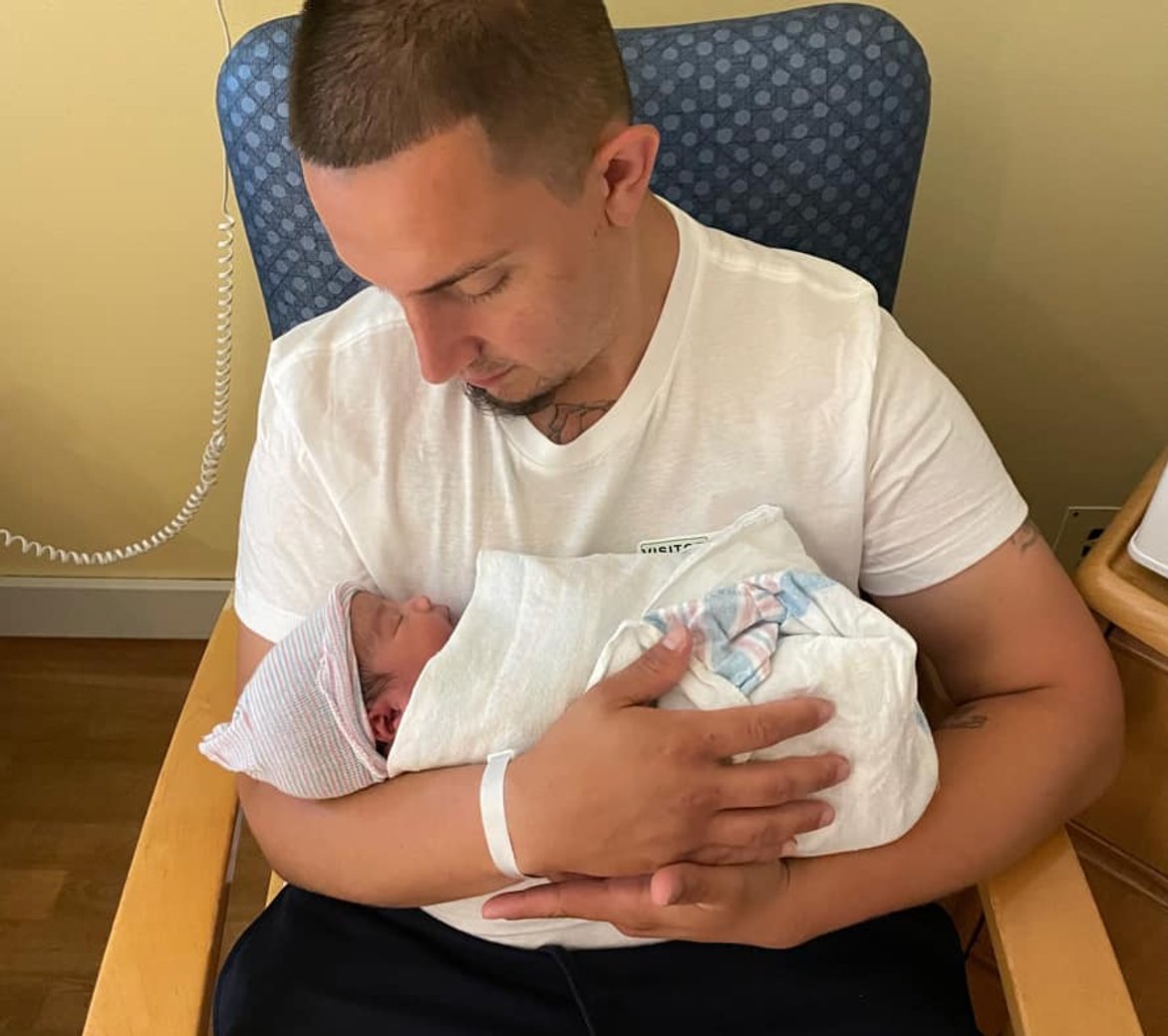
Getting Started With Speech Therapy
Why Early Help Can Make a Big Difference
For young children with XXY, speech therapy can also help with sentence building, vocabulary, and social skills. Starting early, often during the toddler years, gives kids more time to build confidence with language. Many families who begin speech therapy early say they see fewer tantrums, better play skills, and a stronger connection between parent and child.
Signs Your Child Might Need an Evaluation
It’s hard to know when delays are something to worry about, especially if this is your first child. But if your child isn’t saying many words by age two, gets upset when trying to speak, or seems confused by instructions, it’s worth asking for a speech and language evaluation. Some parents notice that their child only uses one or two-word phrases or seems to avoid talking altogether in group settings. These are all valid reasons to check in with a professional.
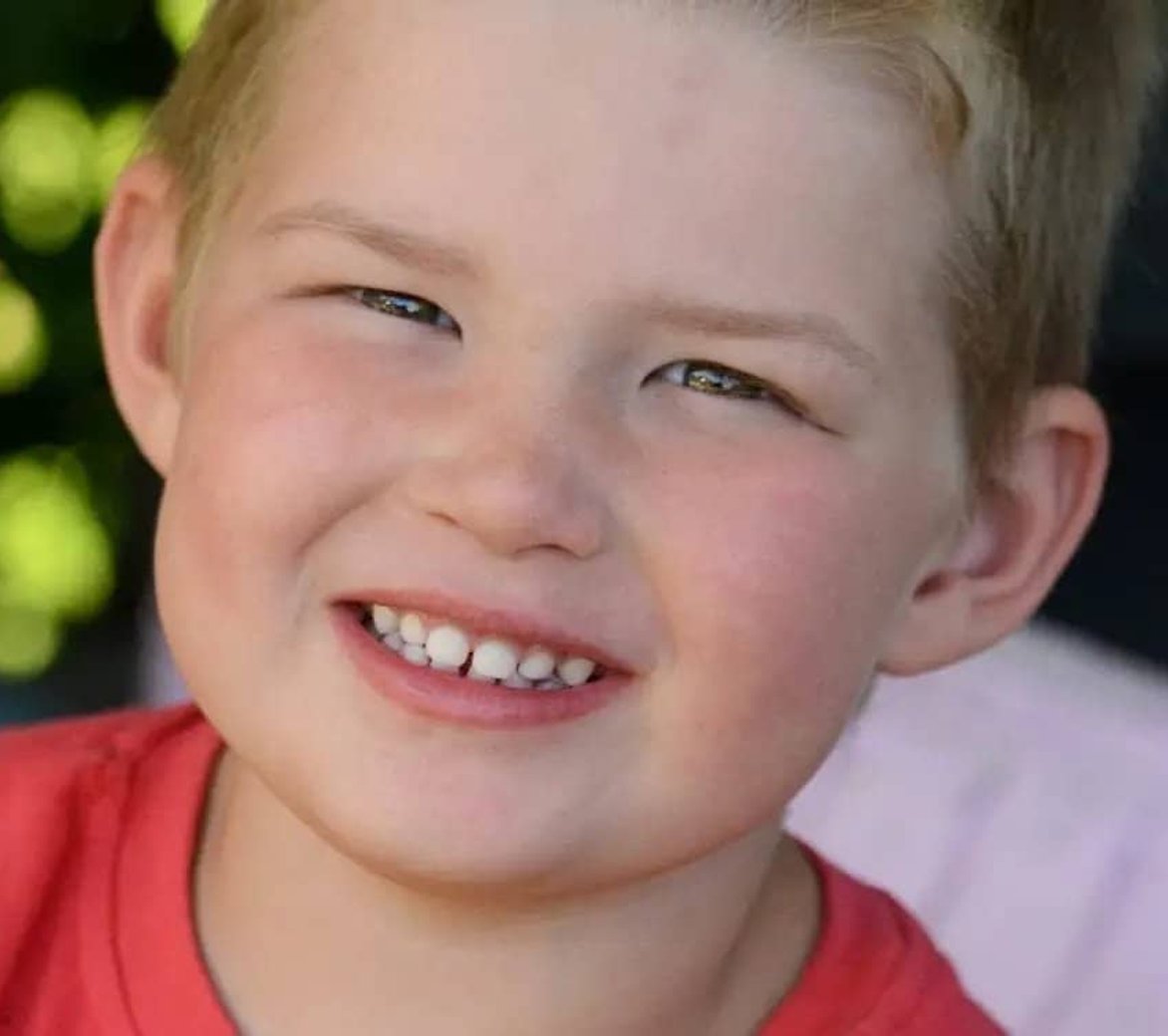
What Speech Therapy Looks Like
How the Evaluation Works
A speech-language pathologist, or SLP, will spend time getting to know your child. This usually includes watching how they play, how they respond to questions, and how they use words in everyday moments. The therapist might ask you about milestones, behaviors, and your child’s overall development. In some cases, a developmental pediatrician may also be involved to give additional insight. After this initial process, the SLP can recommend whether therapy would be helpful and what to focus on first.
What Happens in a Typical Session
Speech therapy is very hands-on, especially for young kids. If your child needs help with articulation, sessions might focus on practicing sounds during games or storytelling. For kids who are not speaking much, the therapist might use pictures, sign language, or speech devices to help them express themselves. Some kids also benefit from help with social communication, like how to start a conversation, take turns, or understand someone else’s facial expression. The therapist will shape each session based on your child’s needs and interests.
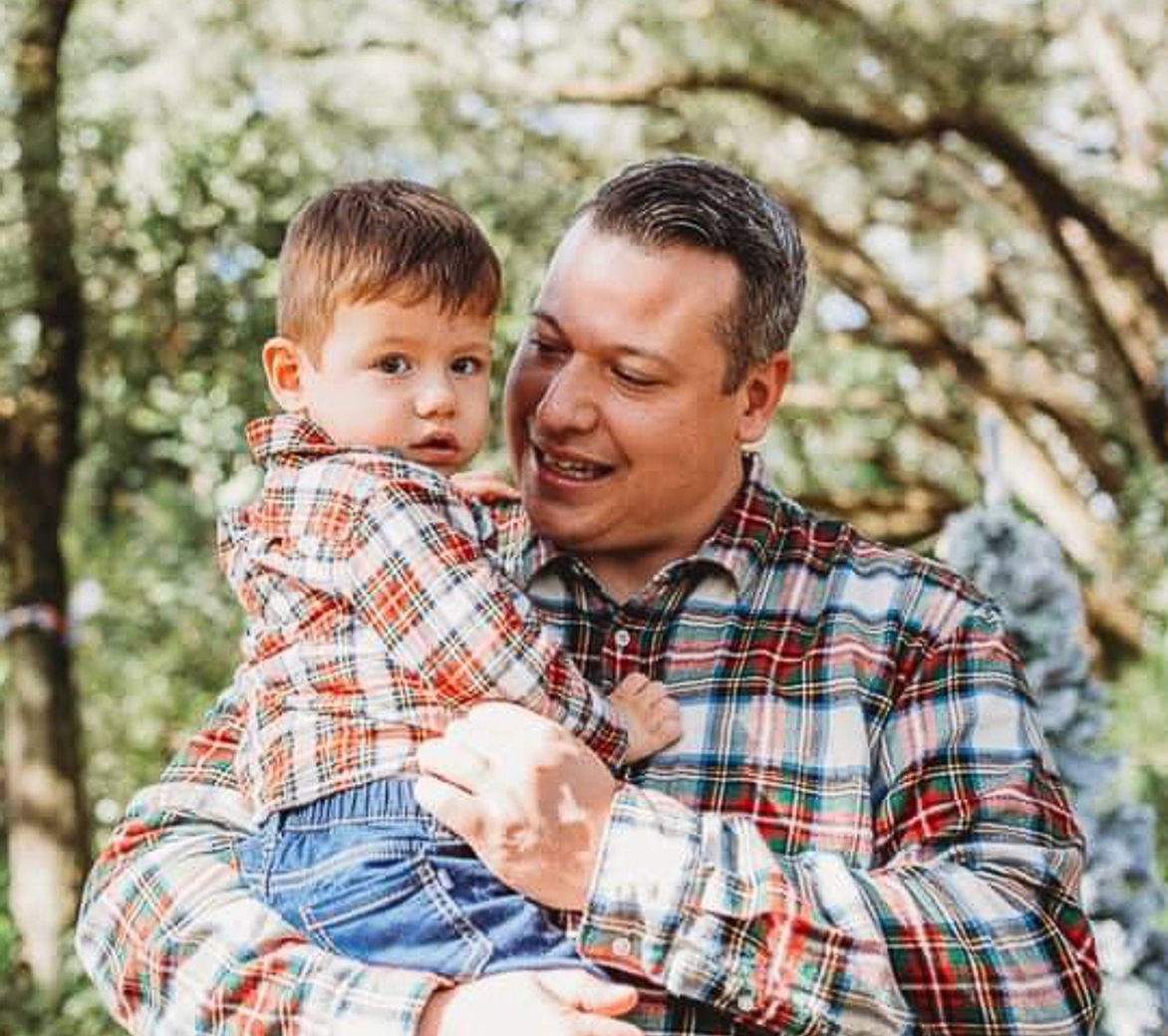
Helping Your Child Talk and Connect at Home
Everyday Routines Are Great for Language Building
You don’t need fancy tools to support your child’s speech. Most of the time, daily routines offer the best chances to work on language. You can describe what you’re doing while brushing teeth, getting dressed, or packing a lunch. You can pause during story time to ask simple questions or talk about the pictures. When your child speaks, try repeating what they said and adding a little more. That simple back-and-forth helps grow both vocabulary and confidence. Your SLP would be more than happy to tell you about ways that you can support your child’s language development at home.
Tools That Can Be Used at Home
Some therapists will suggest specific resources that can be used between sessions. Picture cards, visual schedules, and storybooks with repeated phrases are popular choices. If your child uses a communication device or picture exchange system, your therapist will guide you on how to make it part of your routine. There are also apps made for speech practice, but they work best when used alongside guidance from your child’s therapist.
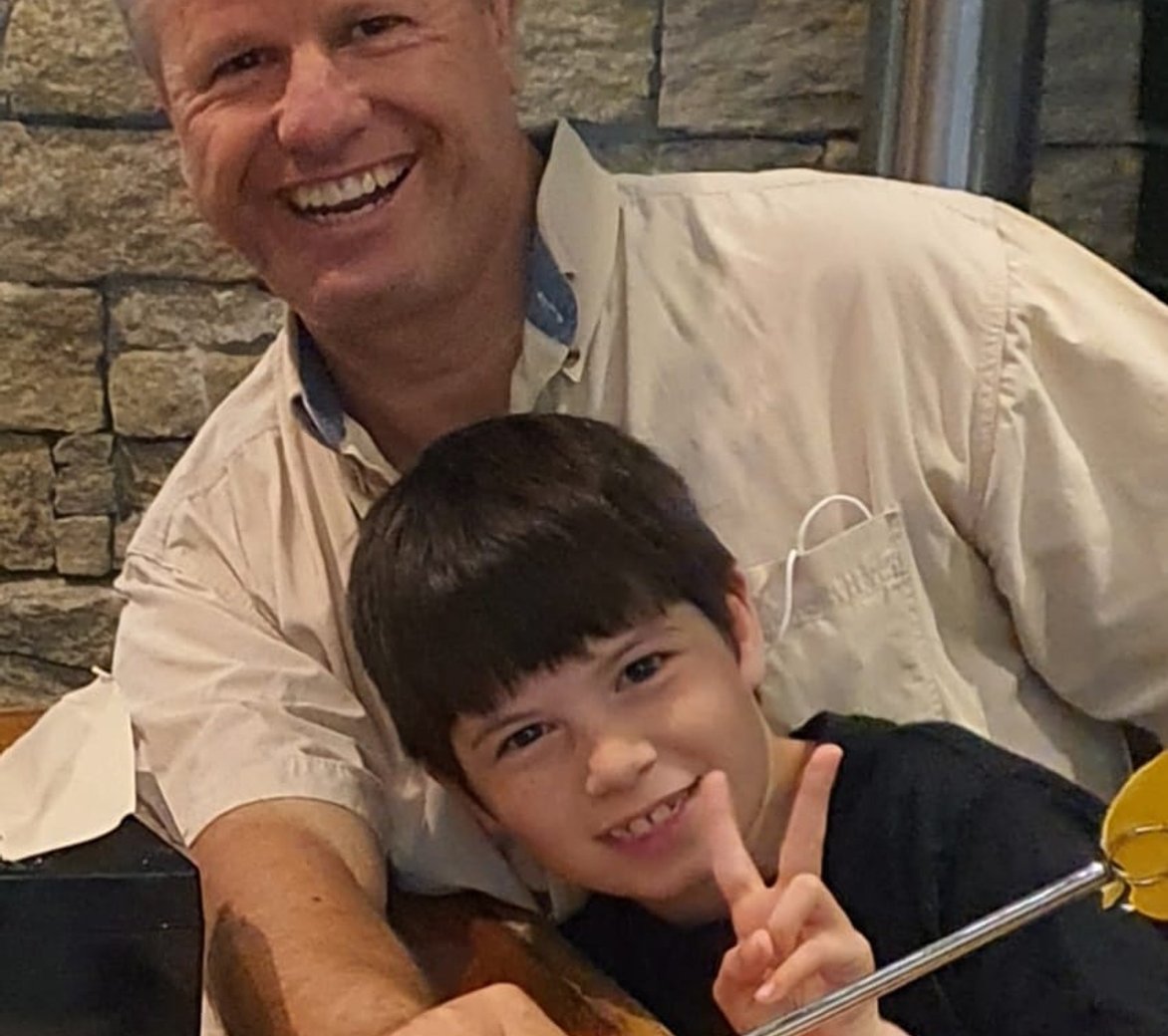
Working With the School System
Getting Services Through an IEP or 504 Plan
Once your child starts preschool or kindergarten, speech therapy might be available through your school district. You can request an evaluation through the school, and if your child qualifies, they may receive support through an Individualized Education Program (IEP) or a 504 Plan. The IEP will include goals and regular therapy sessions. A 504 Plan might offer accommodations, like extra time to respond or help with directions, even if direct therapy isn’t included.
How to Stay Involved as a Parent
It’s a good idea to stay connected with your child’s school administration or teachers. You can ask for updates during the year or request changes to your child’s goals if they aren’t getting what they need. If you notice progress at home, share it with the school. If your child struggles with making friends or understanding classroom directions, you can ask for support around social language too. The more you stay involved, the more likely your child will receive services that match what they need.
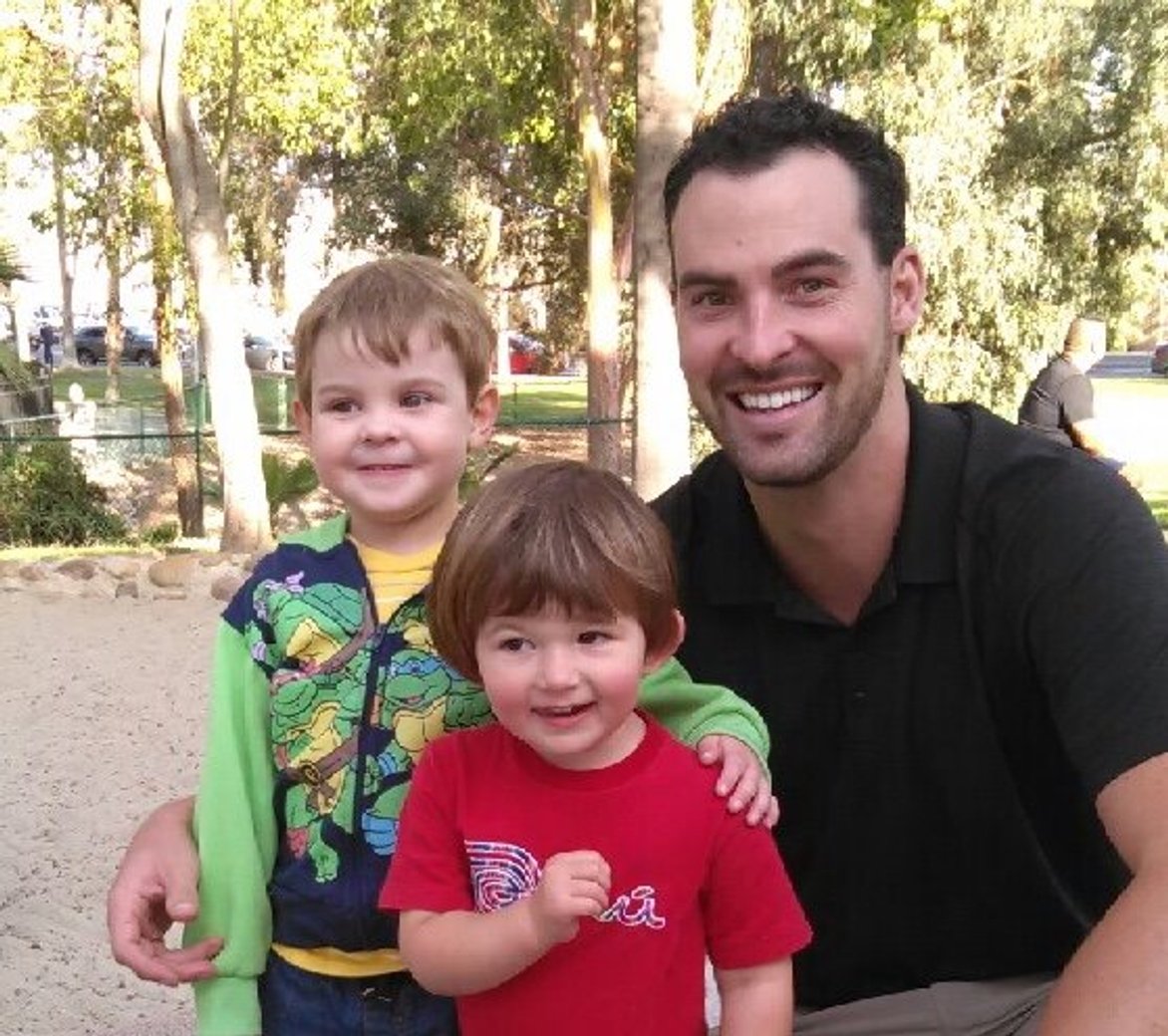
Every Child’s Path Looks Different
Some kids respond quickly to speech therapy, while others make progress slowly. It’s easy to feel anxious when you’re waiting for your child to say more, or wondering how they’ll do in school or social settings. Just remember that speech delays do not define your child’s potential. Growth comes in different shapes, and comparing won’t help! Focus on what’s changing week to week.
Celebrate Even the Smallest Wins
A new word, a sentence said clearly, a request made without tears, and more are all moments to celebrate. As your child gains tools to express themselves, you’ll start to see them express themselves in new ways. Speech therapy helps with connection, confidence, and everyday life in addition to just talking. Small steps often lead to big changes over time.
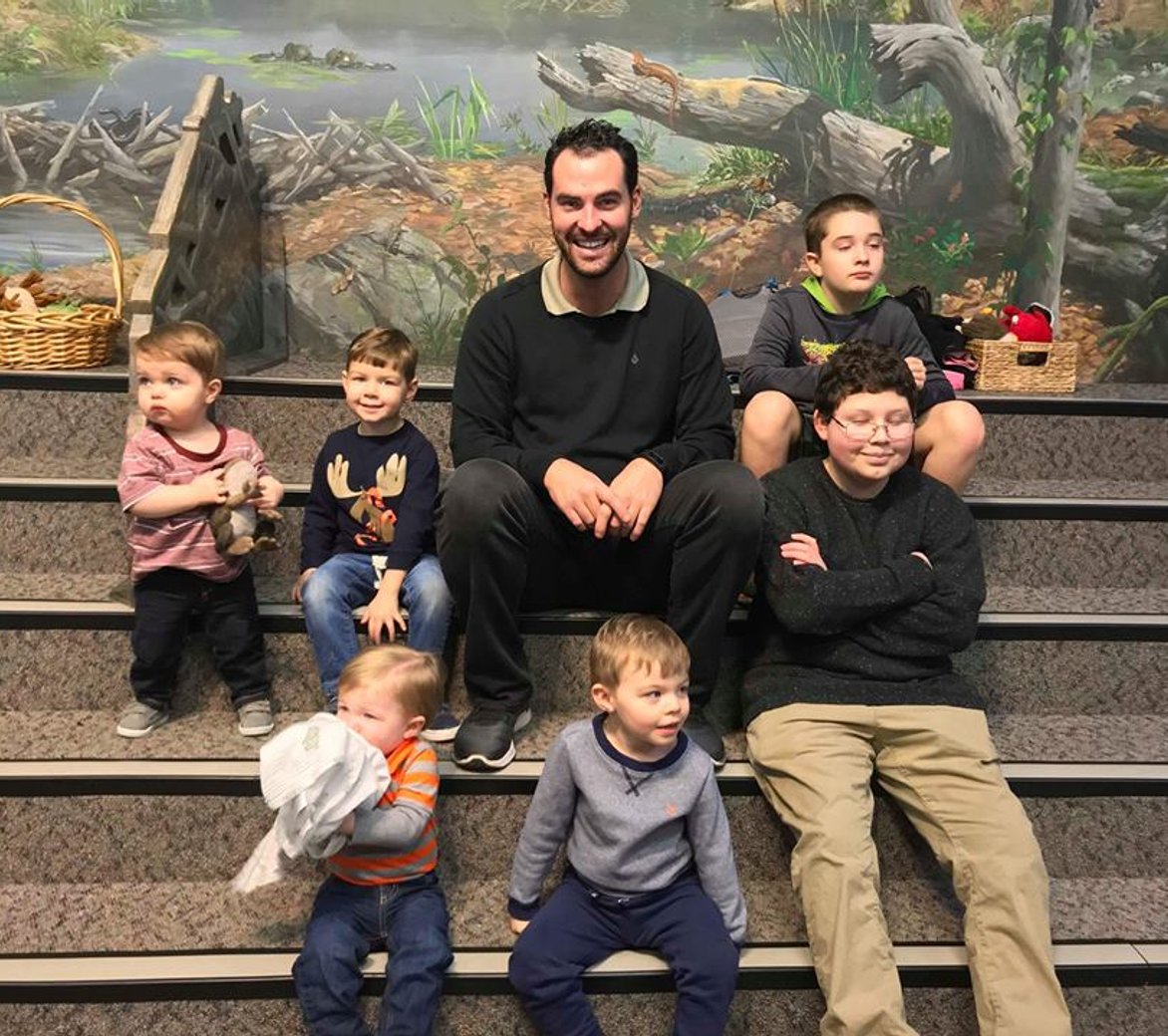
Where to Go for More Information
LivingWithXXY.org
As you saw above, our community members write to us about their experiences with this condition. Many of our stories come from parents who have worked with SLPs and other language professionals.
ASHA.org
The website of the American Speech-Language-Hearing Association includes guides on childhood speech delays and a directory of certified SLPs
Early Intervention Programs in Your Area
These programs offer free evaluations and therapy for children under three. Your pediatrician or local school district can help you find one. We have compiled a list of early intervention programs here.
Stay Informed With Every Update
Sign up to receive our latest stories, educational resources, and opportunities to connect with others in the XXY community.
Join The Community Today
